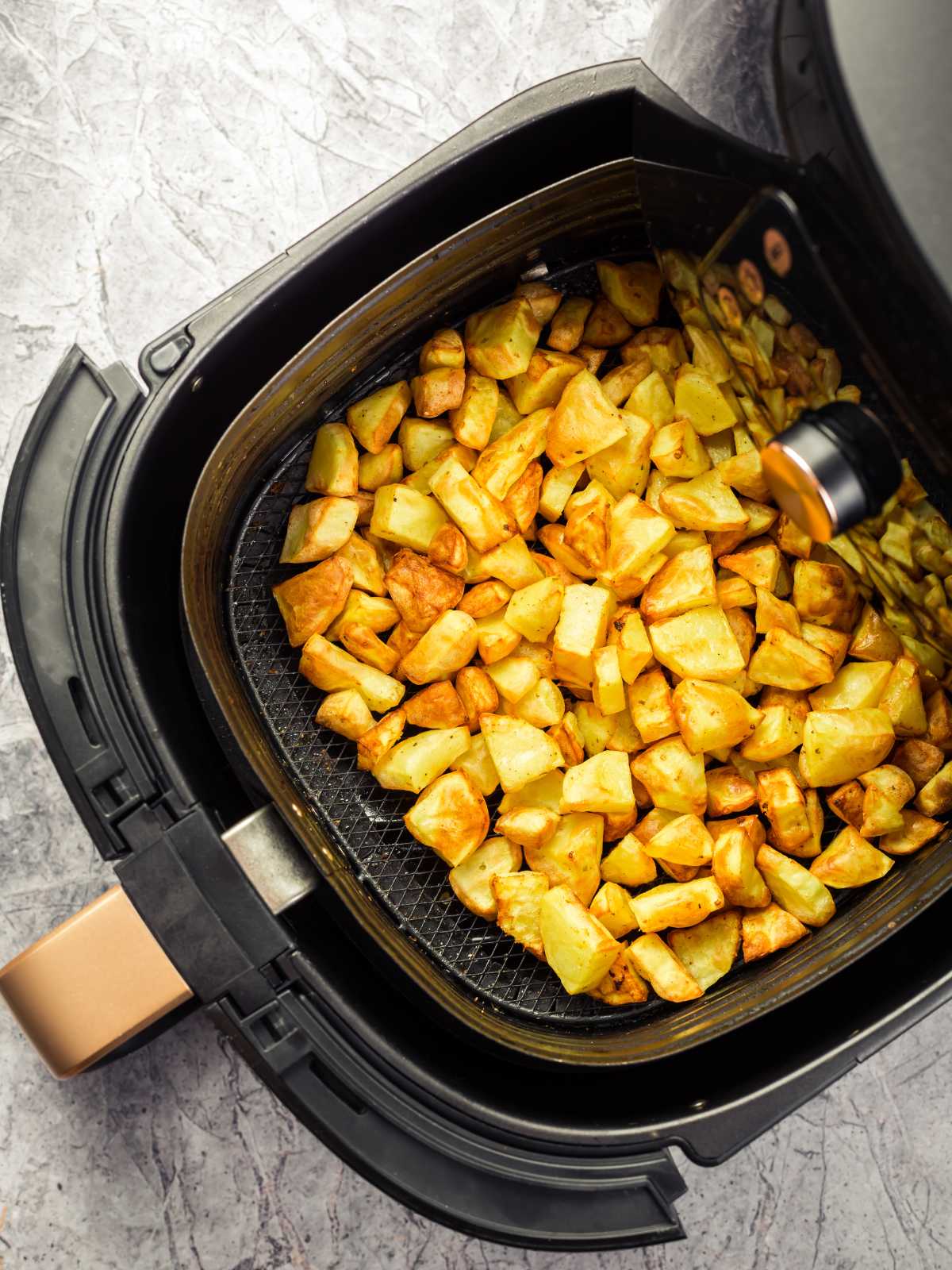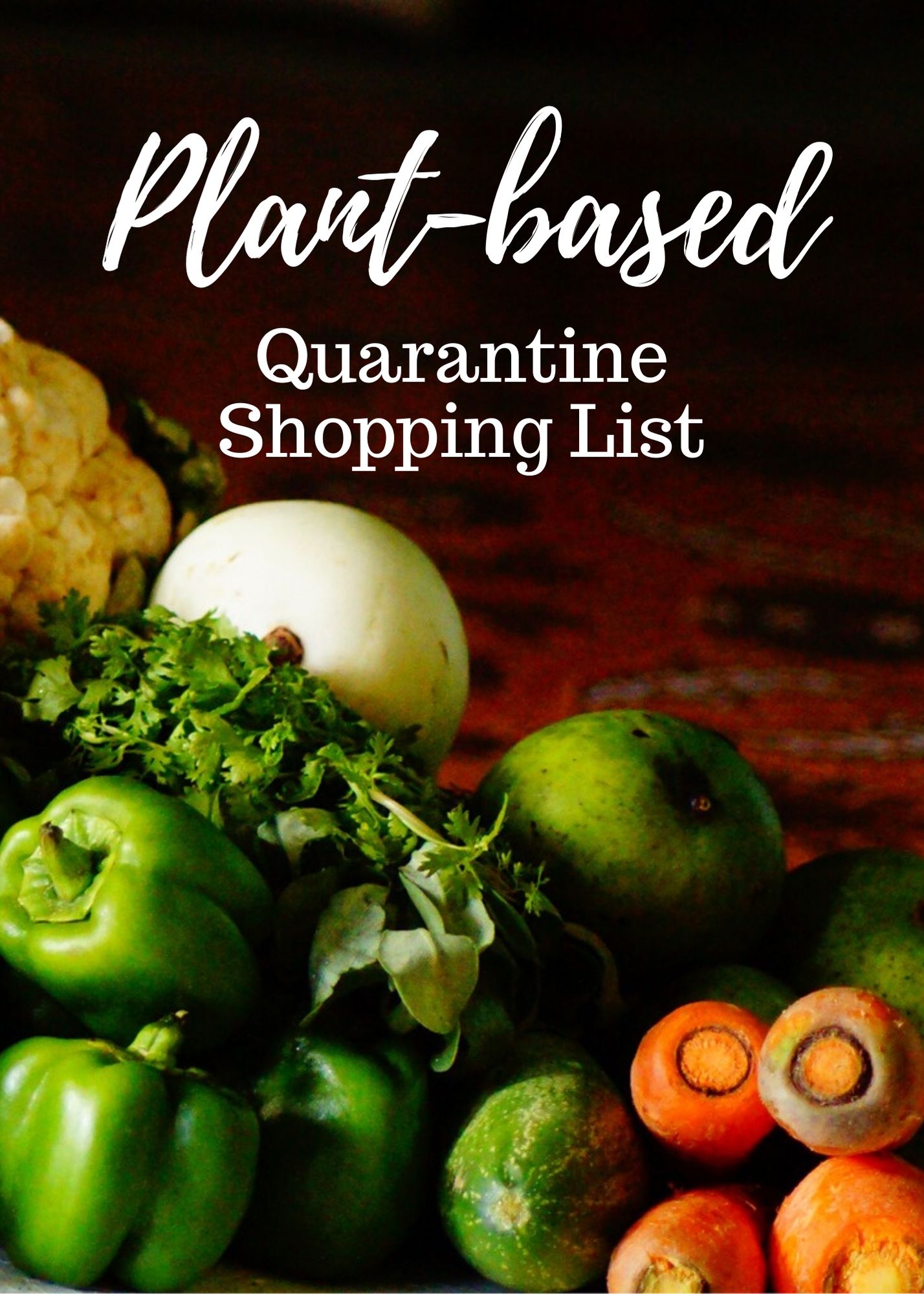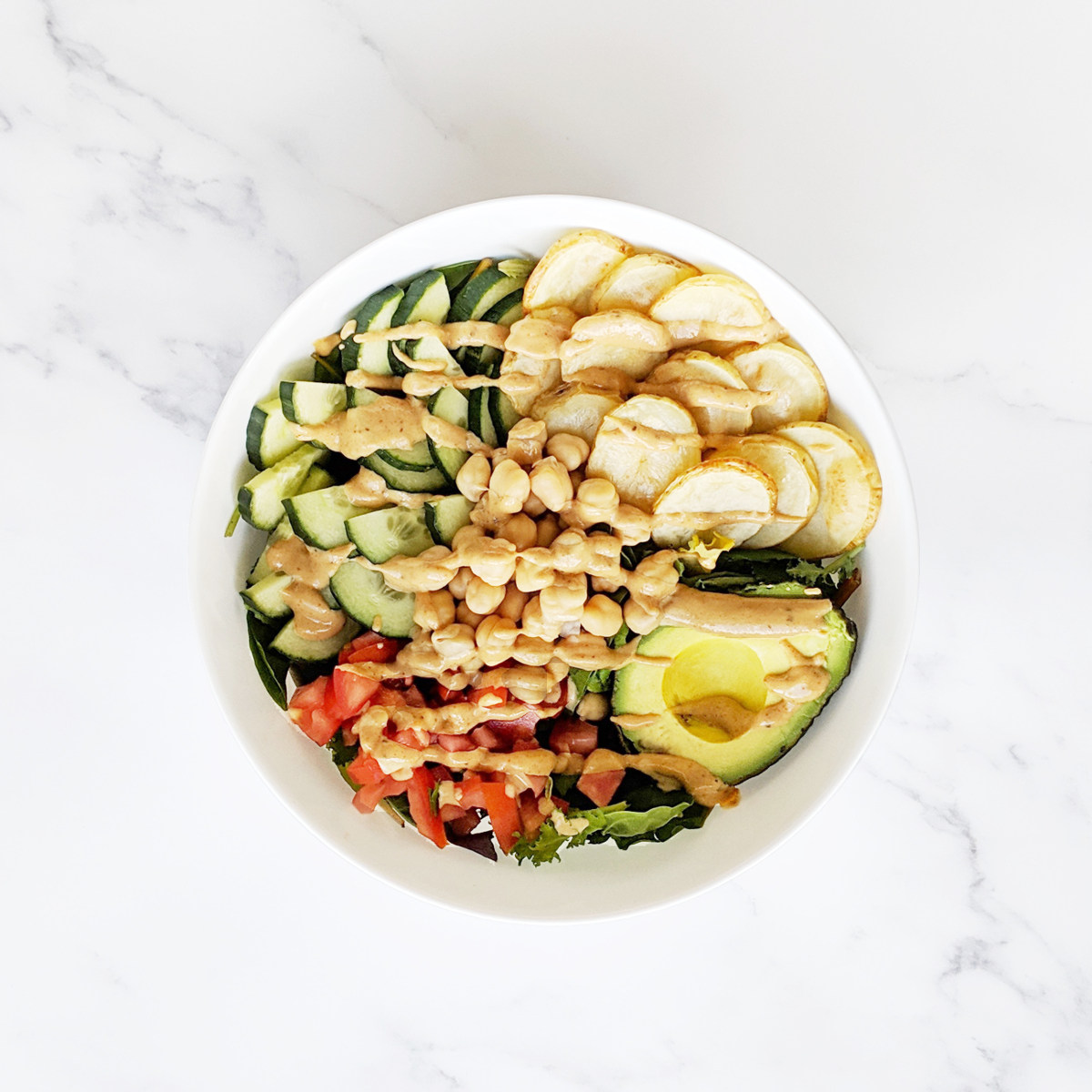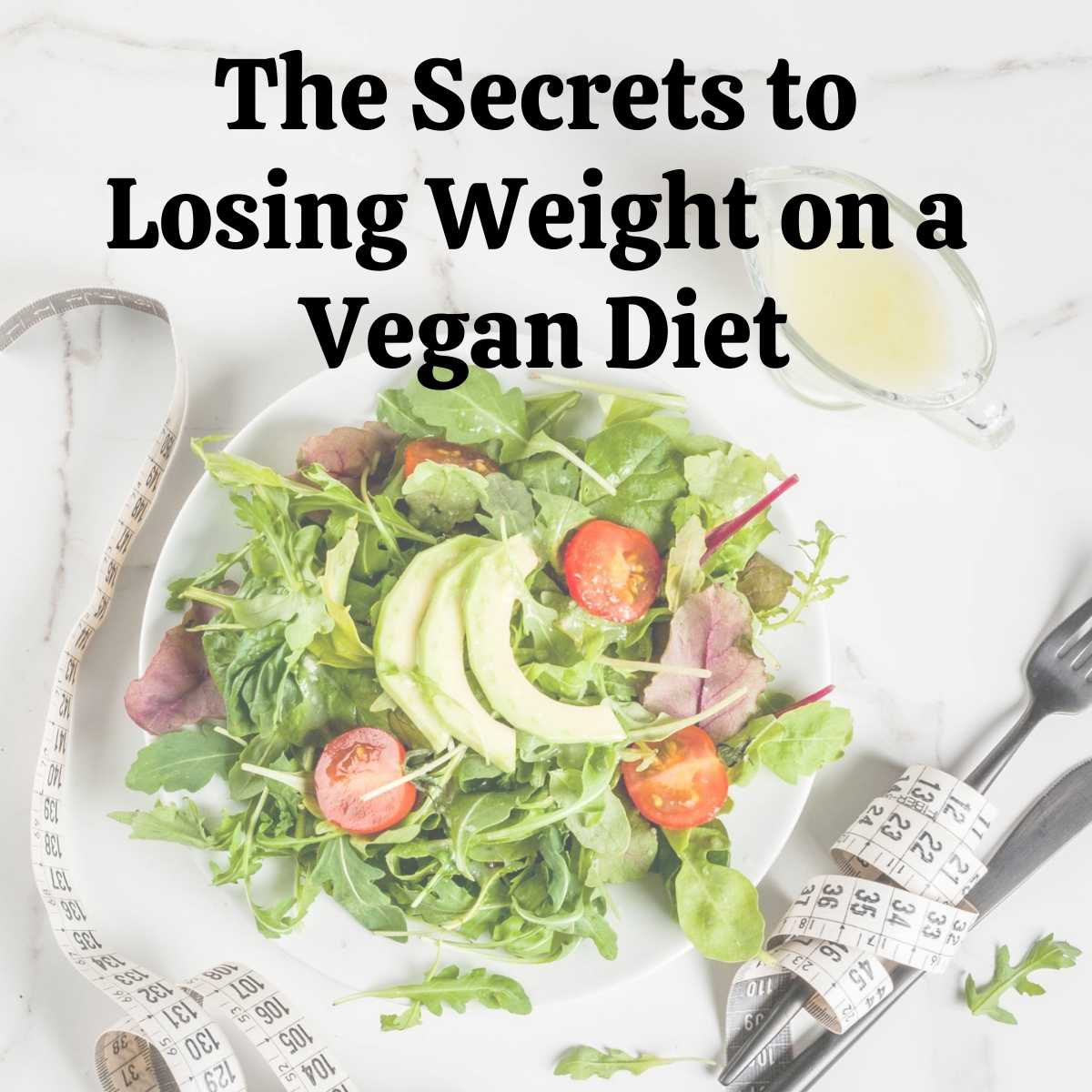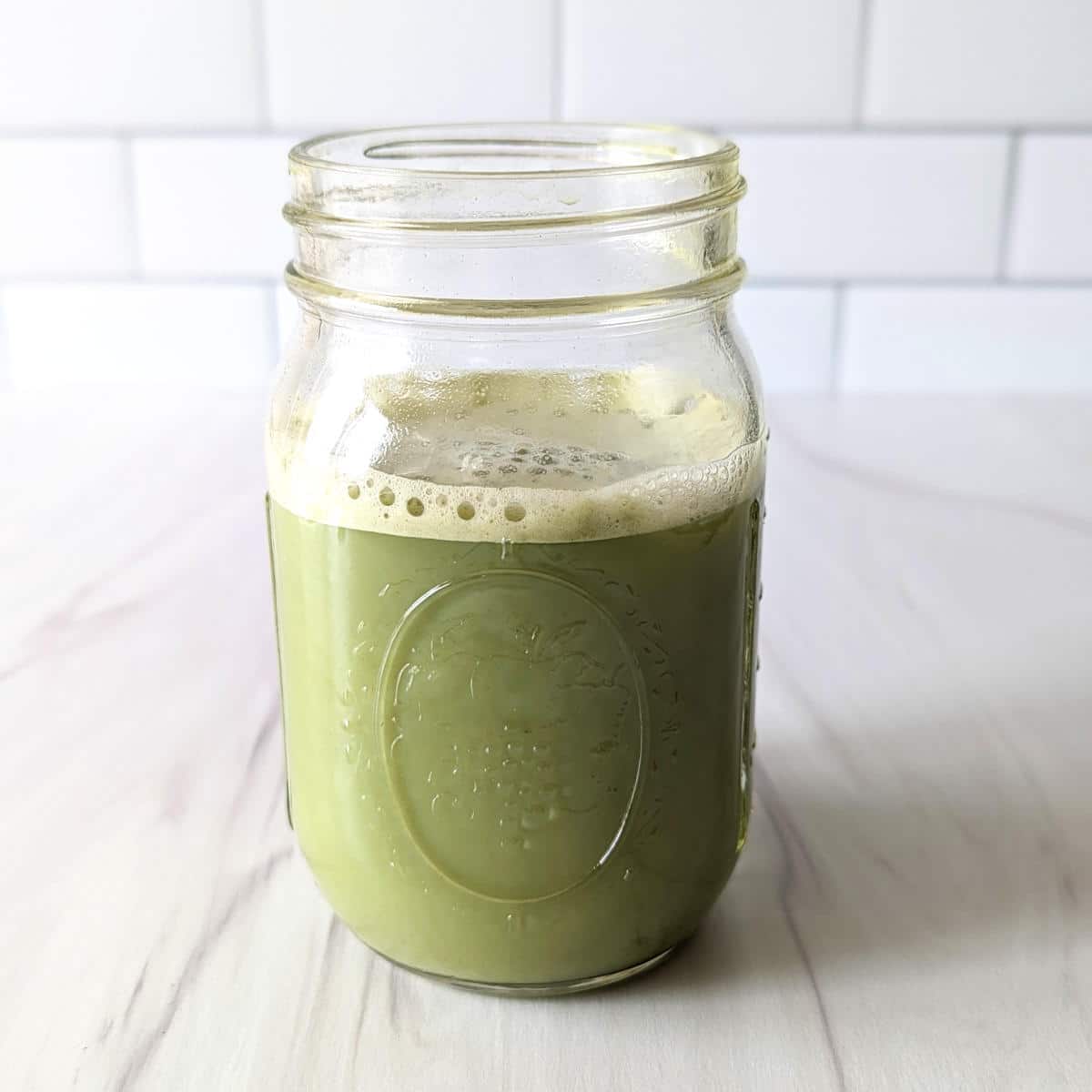Barley is a versatile grain used in various dishes, but if you need a substitute for barley due to dietary restrictions, allergies, or simply because you don’t have it on hand, here are the best alternatives to try!
This post may contain affiliate links. Read my policy page for more information.
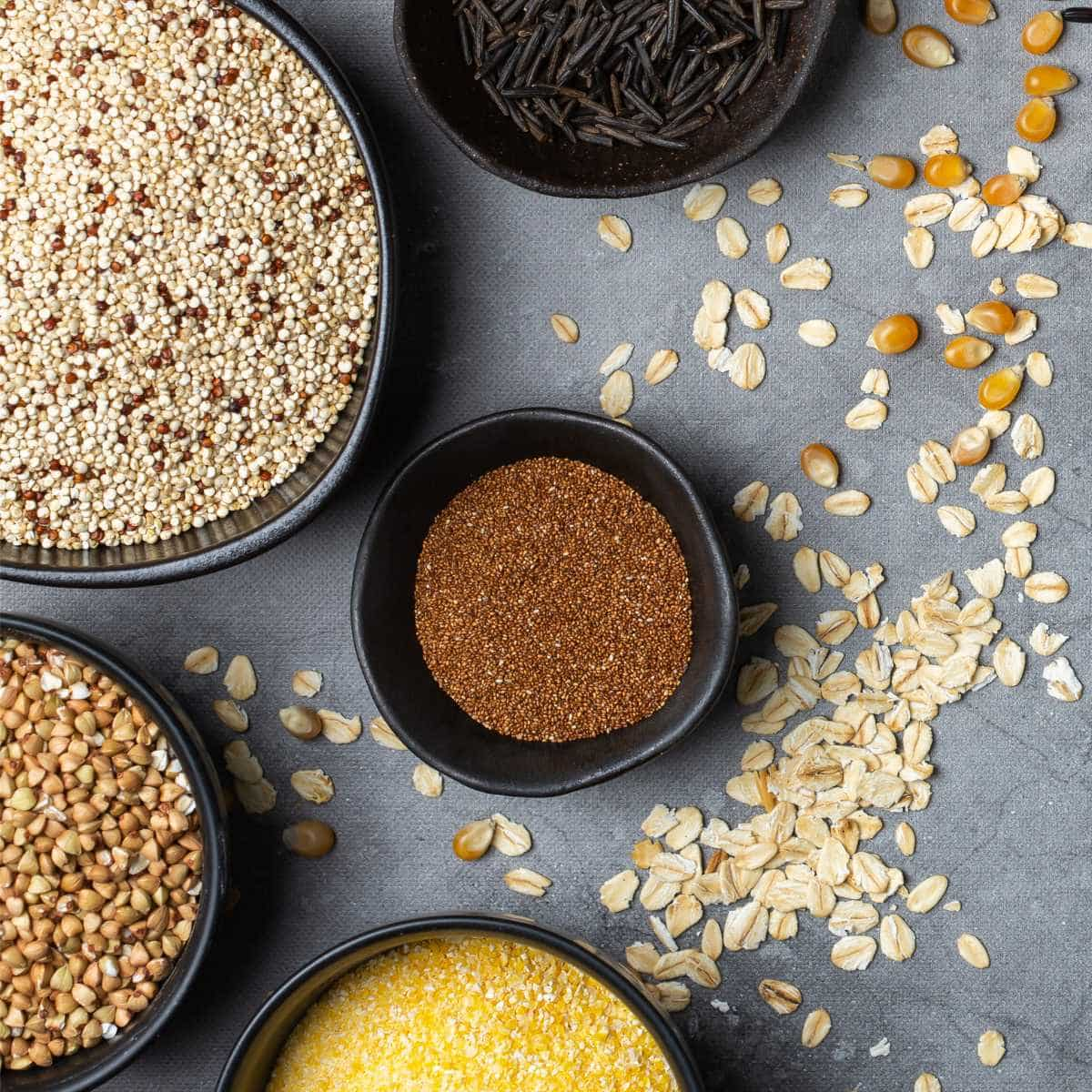
Jump to:
What is barley
Barley, the unsung hero of the grain world, is a nutritious cereal grain that’s been an essential part of human diets for thousands of years. Its golden appearance is not just pleasing to the eye but also a powerhouse of nutrition and sustainability.
Picture a field of barley swaying gently in the breeze, with its tall stalks bearing clusters of tiny, plump kernels. These kernels are the treasure trove of nutrients that make barley a beloved staple in many cultures worldwide.
Here are some fascinating facts about barley:
- Versatility: Barley is an incredibly versatile ingredient and can be used in various culinary creations. You’ll find it in soups, stews, salads, bread, and even beverages like barley water. It’s like the Swiss Army knife of grains, adapting to any recipe with grace.
- Nutrient-rich: Beneath its unassuming exterior, barley hides an array of essential nutrients. It’s a good source of dietary fiber, which helps keep your digestive system happy. Barley also packs a decent punch of vitamins and minerals, including B vitamins, iron, magnesium, and selenium.
- Heart-healthy: Barley is renowned for its heart-healthy properties. Its soluble fiber, beta-glucans, can help lower cholesterol levels, reducing the risk of heart disease.
- Sustainable energy: Thanks to its complex carbohydrates, barley provides a steady and sustained release of energy. No more roller-coaster rides of sugar spikes and crashes! Barley keeps you energized throughout the day.
- Historical significance: Barley boasts an impressive history, having been cultivated by ancient civilizations like the ancient Egyptians and Sumerians. It’s often associated with prosperity and strength, making it a symbol of good fortune.

Hulled barley vs pearled barley
There are two common types of barley: hulled and pearled. The main difference is in the way barley is processed.
Hulled barley is minimally processed to remove only its inedible outer shell while preserving both the bran and germ layers, making it more nutritious and fiber-rich.
On the other hand, pearled barley is devoid of both the hull and the bran layers. This process leaves behind the inner, polished, or “pearled” part of the barley kernel, which is light in color and has a softer texture. The pearling process makes it less nutritious as some of the dietary fiber and nutrients are lost during processing, but it cooks more quickly and has a milder flavor.
Best Barley Substitutes
There is a diverse array of substitutes for barley, perfect for those looking to adapt recipes based on dietary preferences or ingredient availability.
When substituting one grain for another, keep in mind that cook times and liquid ratios may vary, so adjust your recipe accordingly to achieve the desired texture and flavor. Without further ado, here are the best substitutes for barley and how to use them!
1. Quinoa
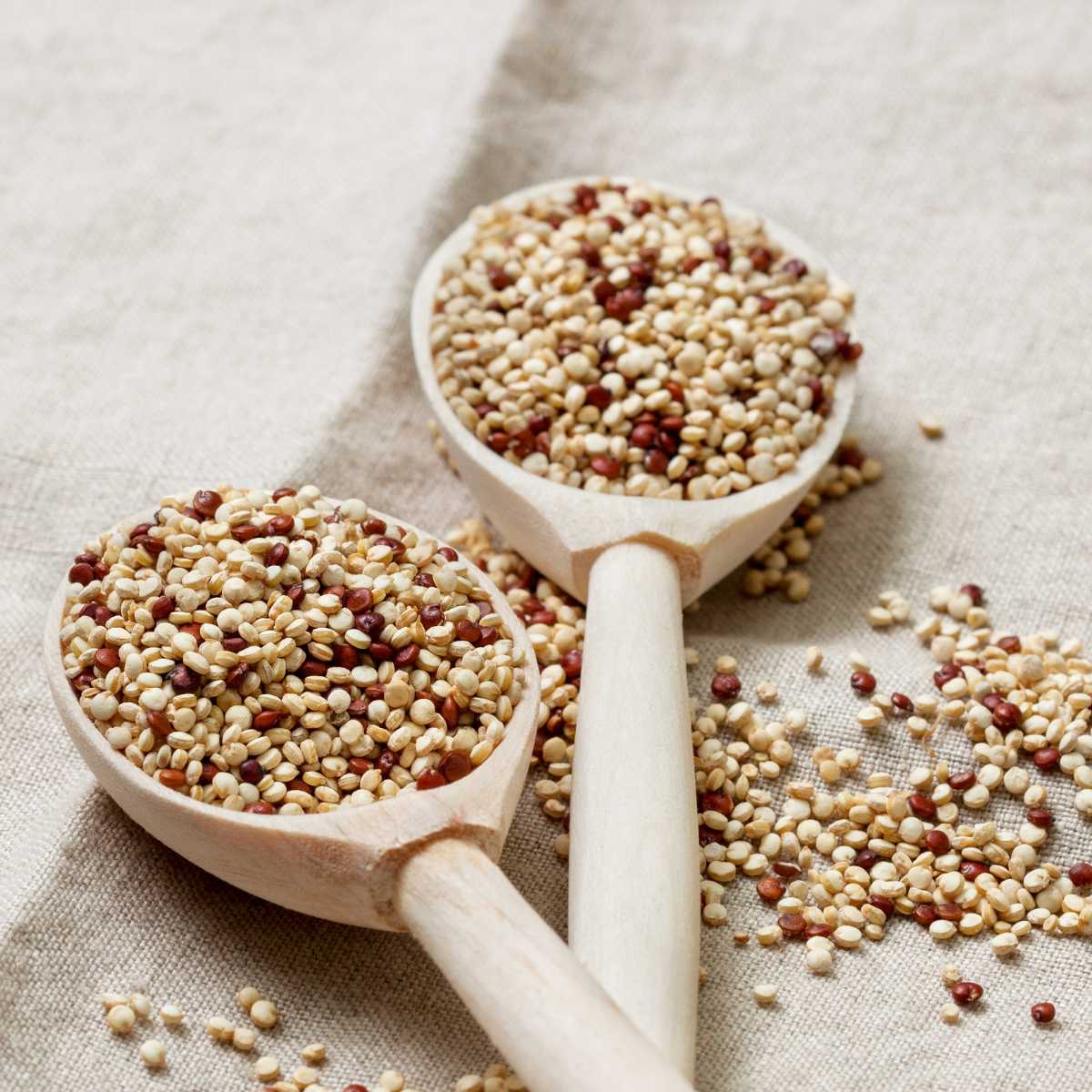
Quinoa is a protein-rich grain that cooks relatively quickly. It has a similar texture to barley when cooked and can be used in soups, ancient grain salad, and pilafs. It’s an excellent gluten-free option that’s widely available and stands out as a complete protein source, containing all nine essential amino acids needed for optimal nutrition.
Gluten-free: Yes
Cooking Time: Quinoa cooks relatively quickly, usually in about 15-20 minutes. It’s done when the grains become translucent, and you can see the tiny “tails.”
2. Farro
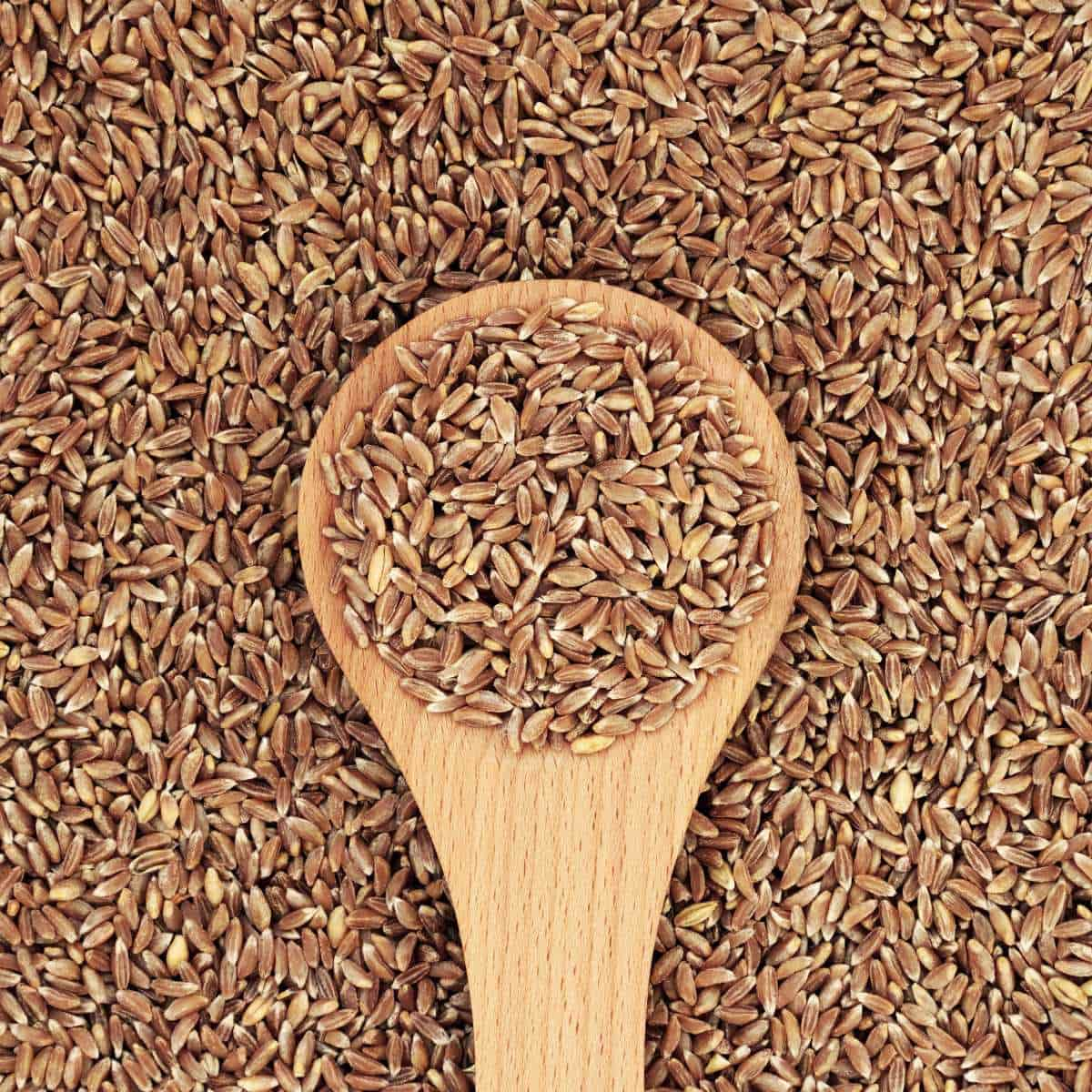
Faro is an ancient grain with a nutty flavor and chewy texture. It works well as a substitute for barley in soups, risottos, and grain bowls.
Gluten-Free: No
Cooking Time: Farro takes longer to cook, typically around 25-40 minutes. It should have a chewy texture when done.
3. Bulgur
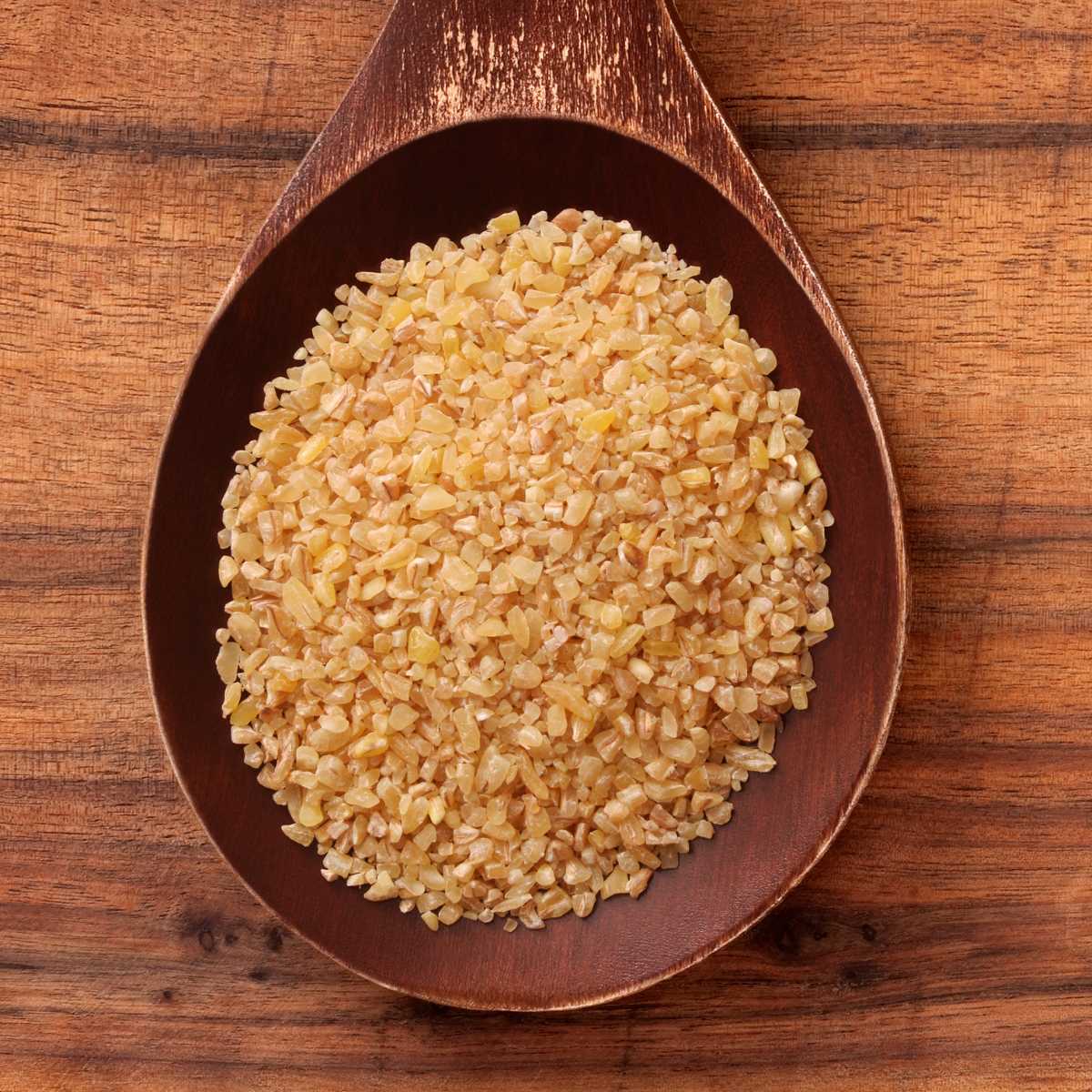
Bulgur, or bulgur wheat, is a quick-cooking whole wheat grain that is often used in Middle Eastern dishes like tabbouleh. It’s a good barley replacement in salads and pilafs.
Gluten-Free: No
Cooking Time: Bulgur is a quick-cooking grain that is usually ready in about 10-15 minutes after soaking in hot water or cooking in boiling water.
4. Rice
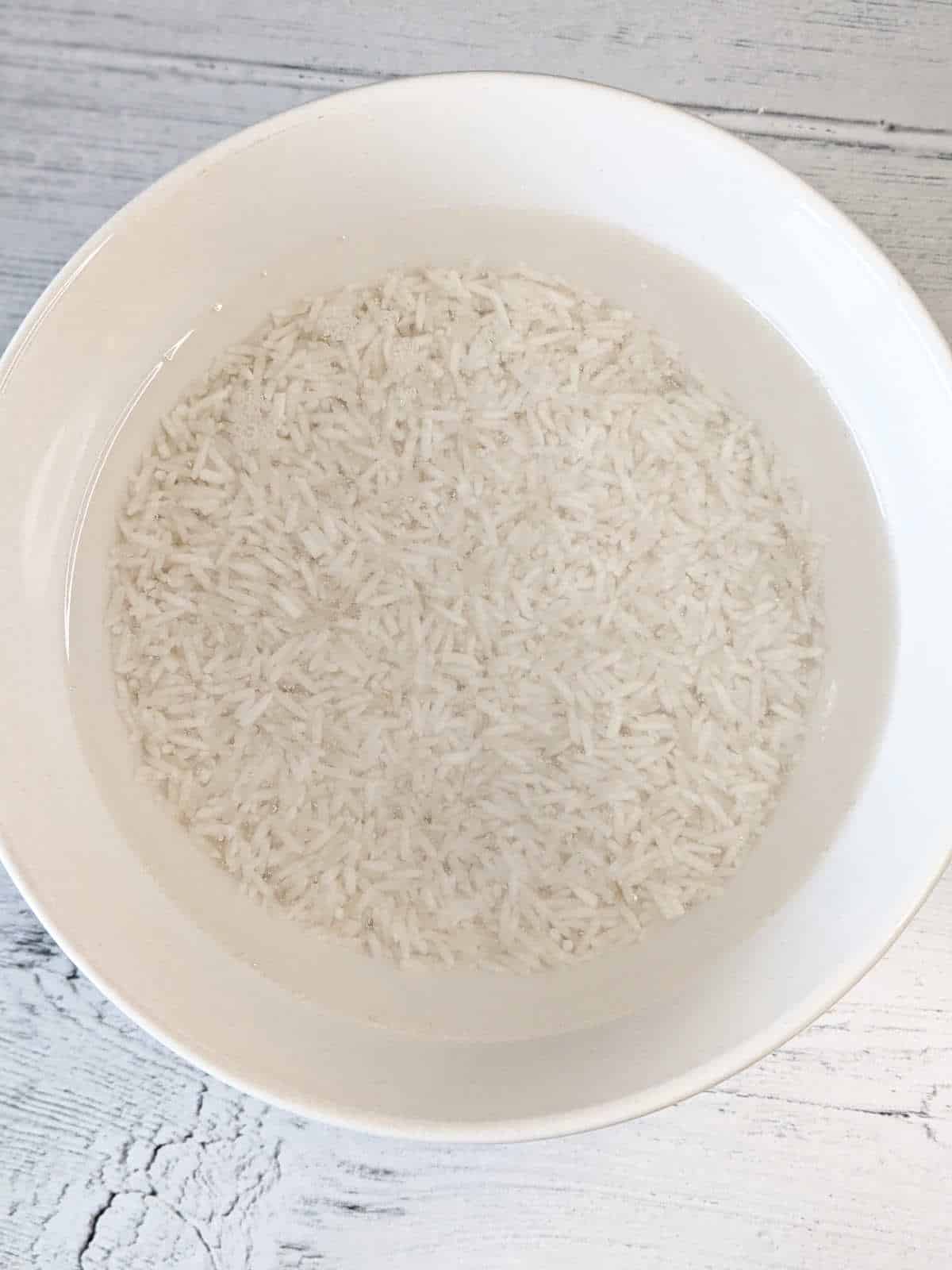
White or brown rice can replace barley in many recipes, especially in dishes where you want a softer texture.
Gluten-Free: Yes
Cooking Time: White rice cooks faster than brown rice. White rice typically takes 15-20 minutes, while brown rice can take 45-50 minutes to cook.
5. Buckwheat
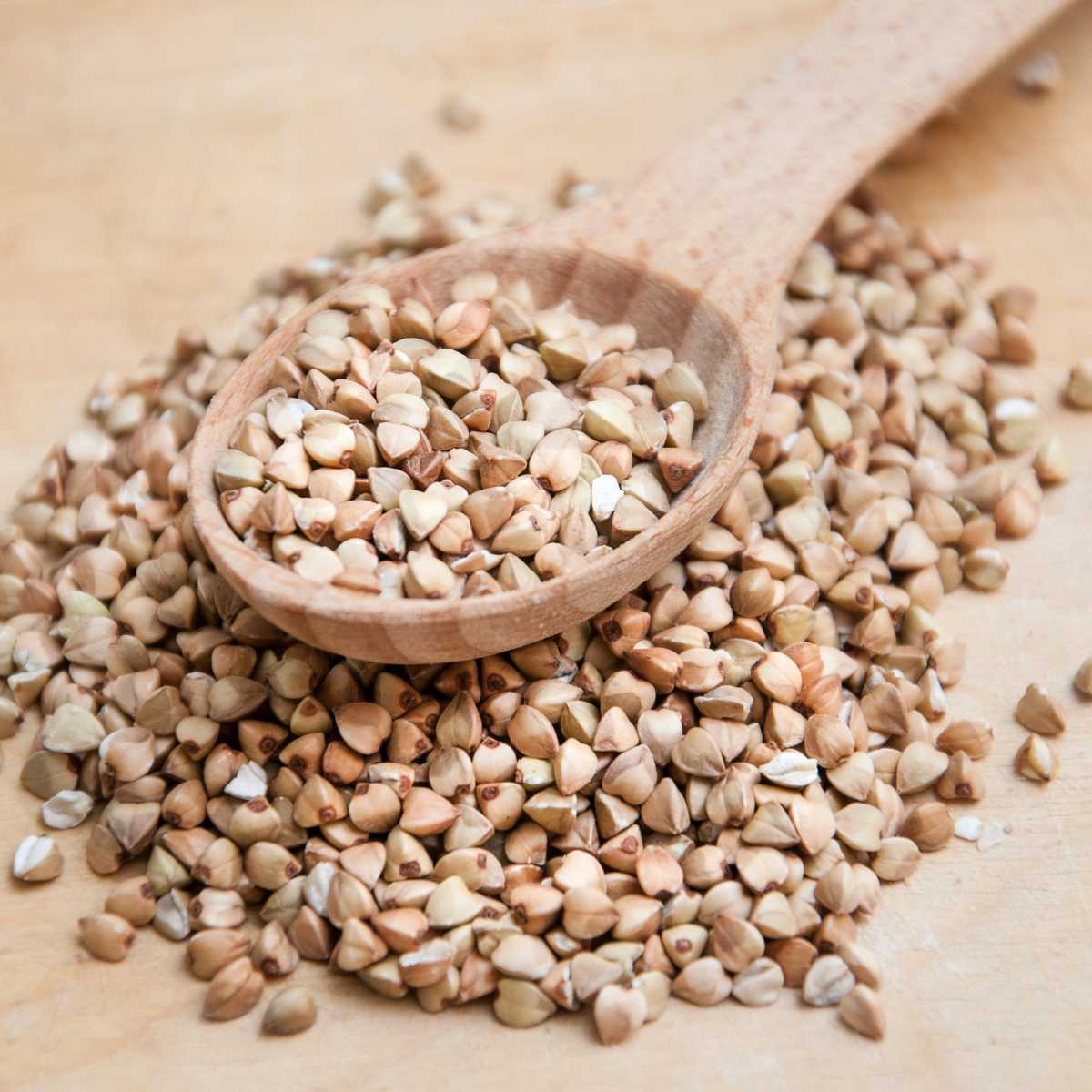
Hailing from the rhubarb family, buckwheat groats boast a hearty, nutty flavor. It’s a versatile option for salads, porridge, or as a base for grain bowls.
Gluten-Free: Yes
Cooking Time: Buckwheat cooks relatively quickly, usually in about 15-20 minutes. It’s done when the grains become tender, and they’ve absorbed most of the liquid.
6. Oat groats

These hearty, gluten-free whole oats take their time to cook, but reward you with a satisfyingly chewy texture and a nutty oat flavor. Often thought of as a simple breakfast cereal, oat groats are ideal for both savory or sweet dishes.
Gluten-Free: Yes (when labeled as gluten-free oats)
Cooking Time: Oat groats take longer to cook than other types of oats, typically around 30-40 minutes. They have a chewy and nutty flavor, similar to barley.
7. Pearl Couscous
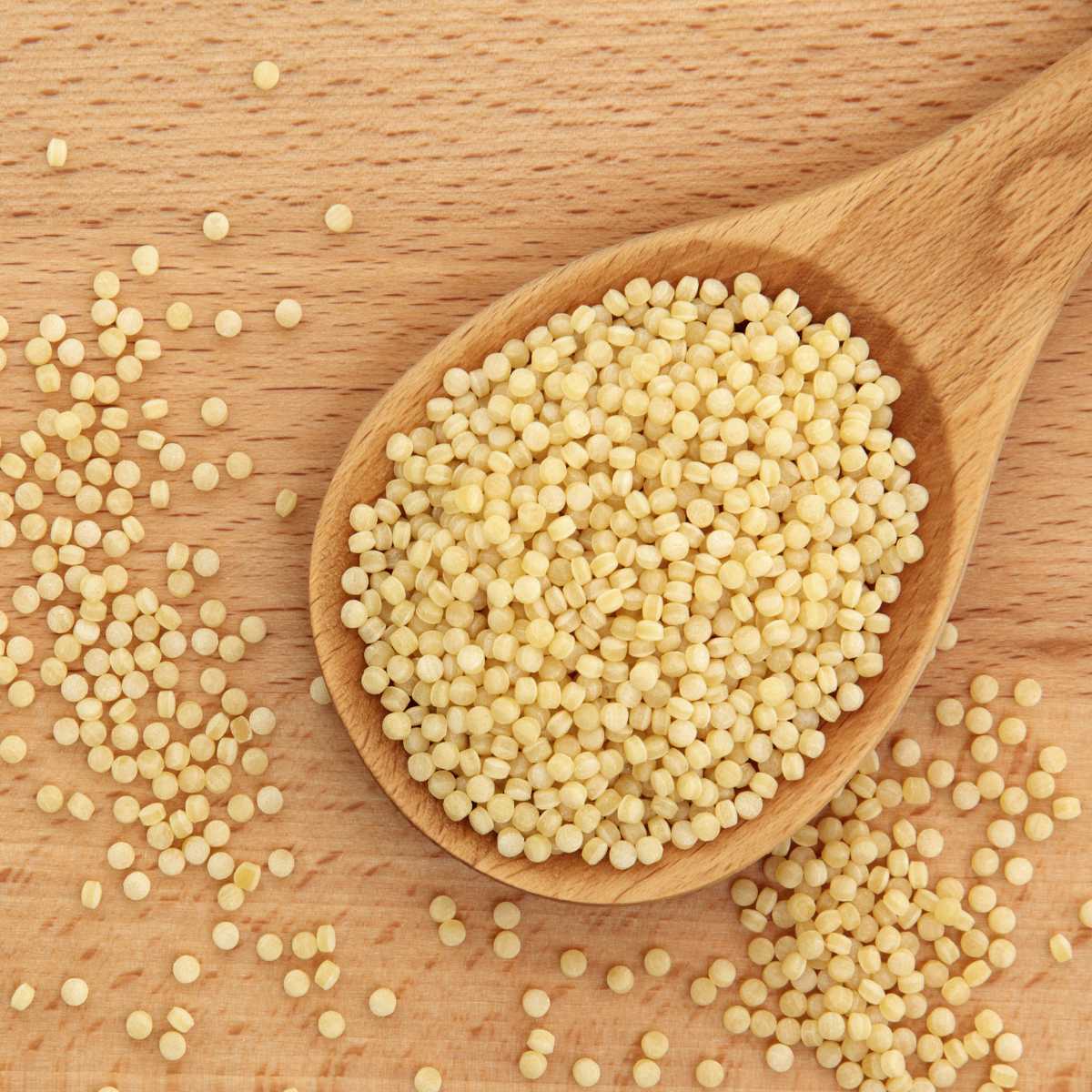
Couscous is small, granular pasta made from wheat. It cooks quickly and is great in salads, pilafs, or as a side dish. Look for pearl couscous, also known as Israeli couscous, which has slightly larger pearls compared to traditional couscous. This makes for a better barley alternative.
Gluten-Free: No
Cooking Time: Instant couscous cooks very quickly, usually in about 5-10 minutes. Larger-grain couscous varieties may take a bit longer.
8. Orzo
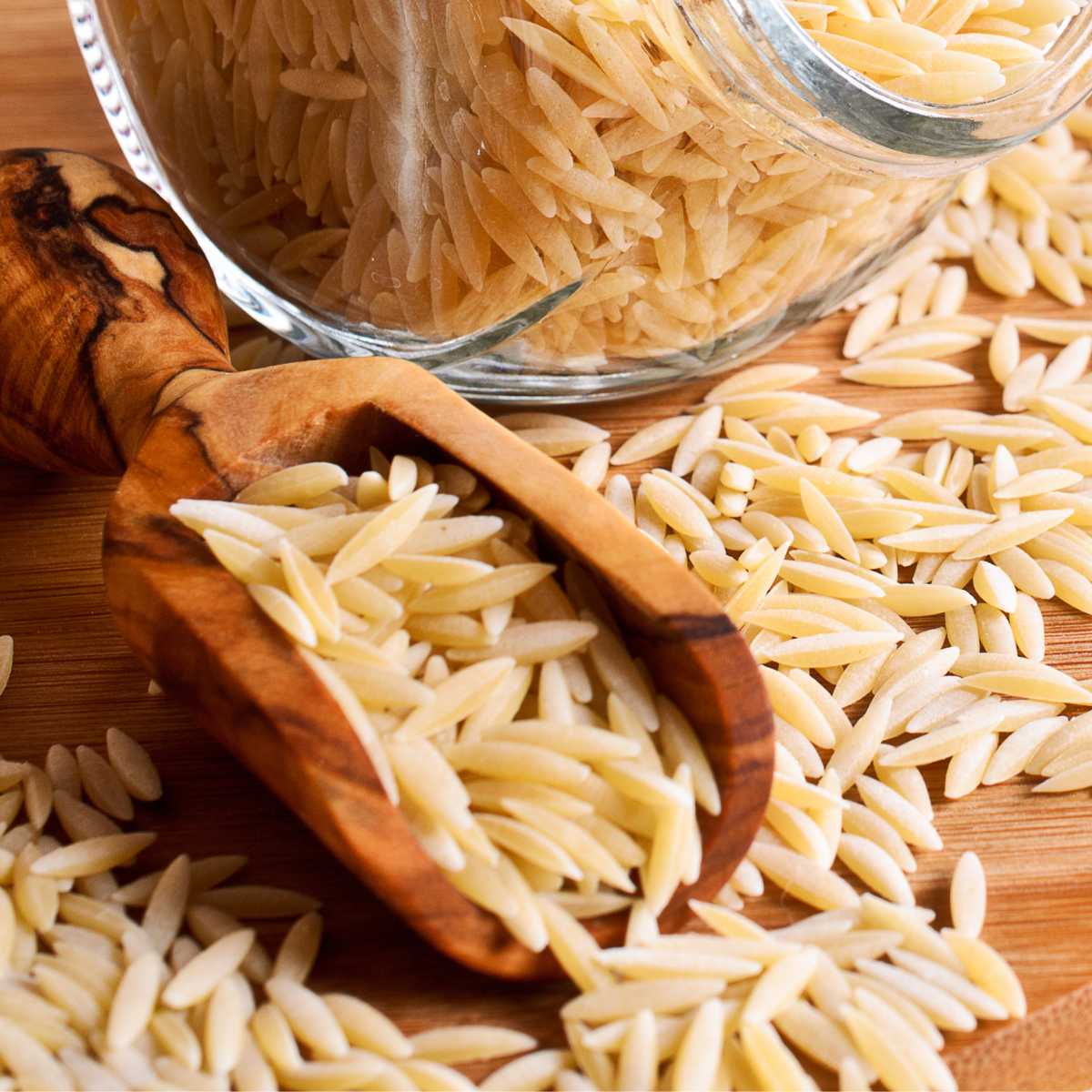
Orzo is a type of pasta that resembles barley in shape. It works well in soups and can be used as a substitute in barley-based recipes.
Gluten-Free: No
Cooking Time: Orzo cooks in about 8-10 minutes, similar to traditional pasta.
9. Freekeh
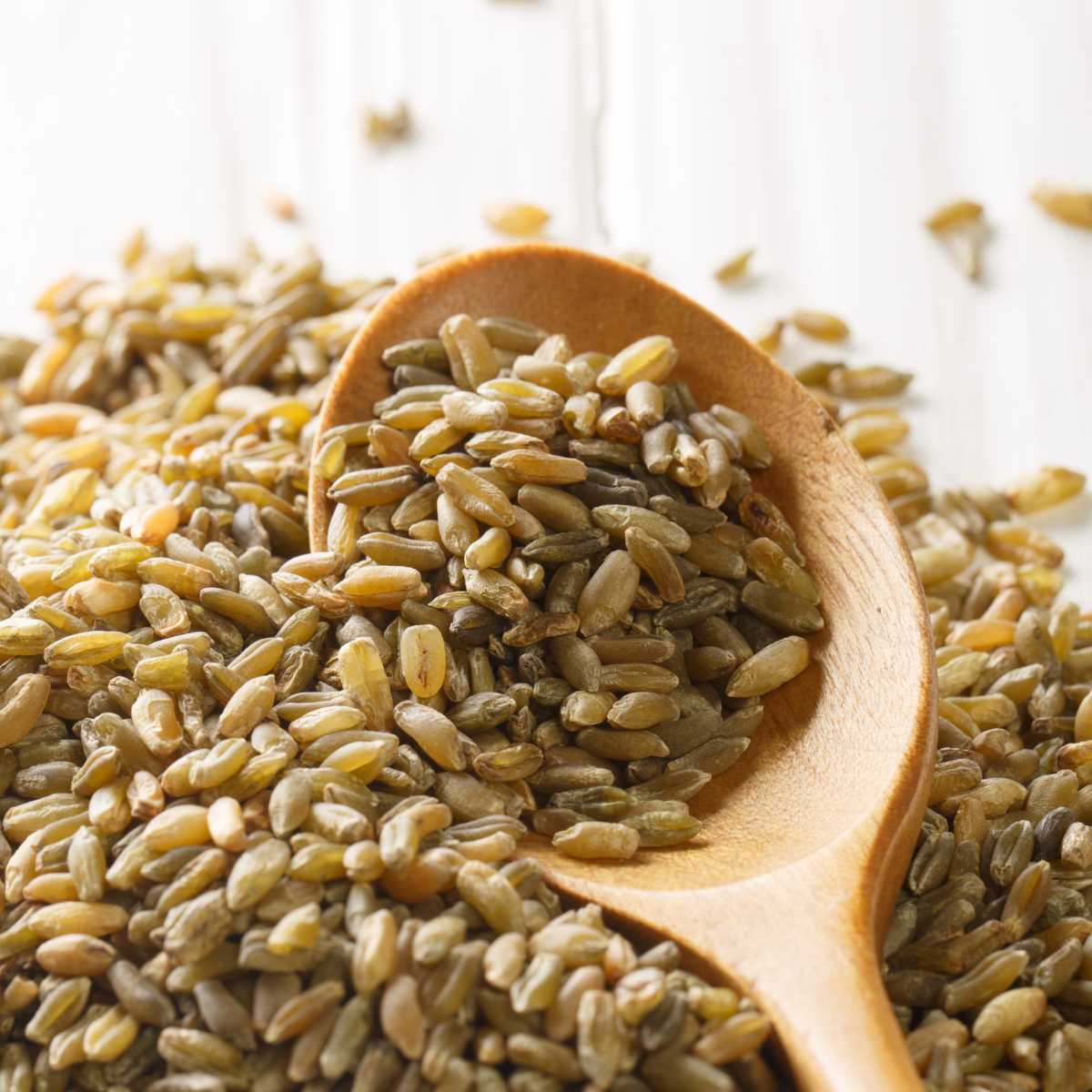
Freekeh is roasted green wheat that has a smoky, nutty flavor. It’s a great substitute in salads and pilafs. Just keep it mind that it will change the overall flavor profile more so than other substitutes.
Gluten-Free: No
Cooking Time: Freekah typically takes around 35-40 minutes to cook, but cracked freekeh may cook faster at around 20 minutes.
10. Millet
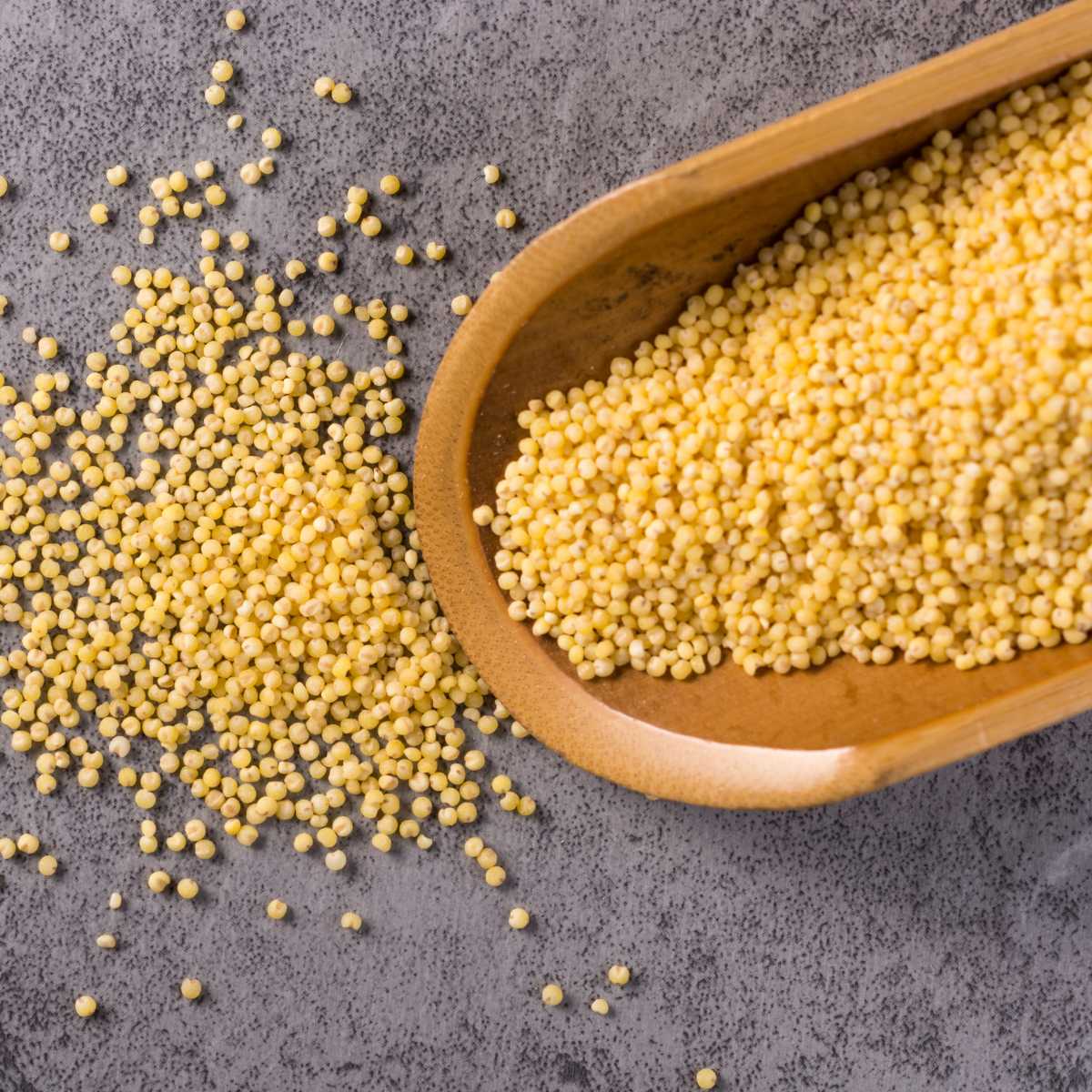
Millet is a small gluten-free grain with a slightly nutty flavor and a texture similar to barley. It’s a good choice for gluten-sensitive individuals.
Gluten-Free: Yes
Cooking Time: Millet usually cooks in about 20-25 minutes. It can be used in both sweet and savory dishes.
11. Rye Berries
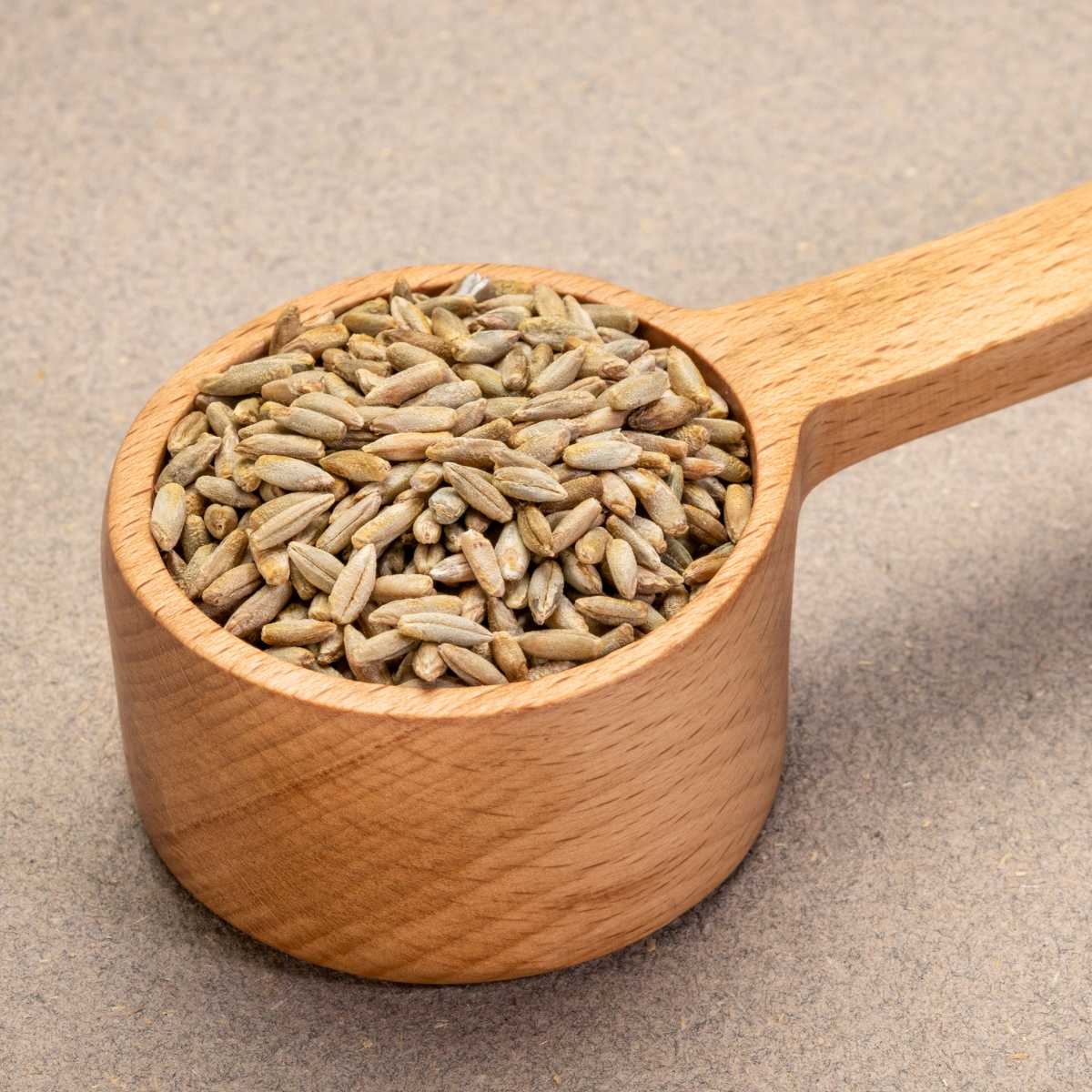
Rye berries are another hearty grain with a chewy texture. They have a robust, earthy flavor and can be used in soups and grain-based dishes.
Gluten-Free: No
Cooking Time: Rye berries take approximately 45-60 minutes to cook.
12. Amaranth
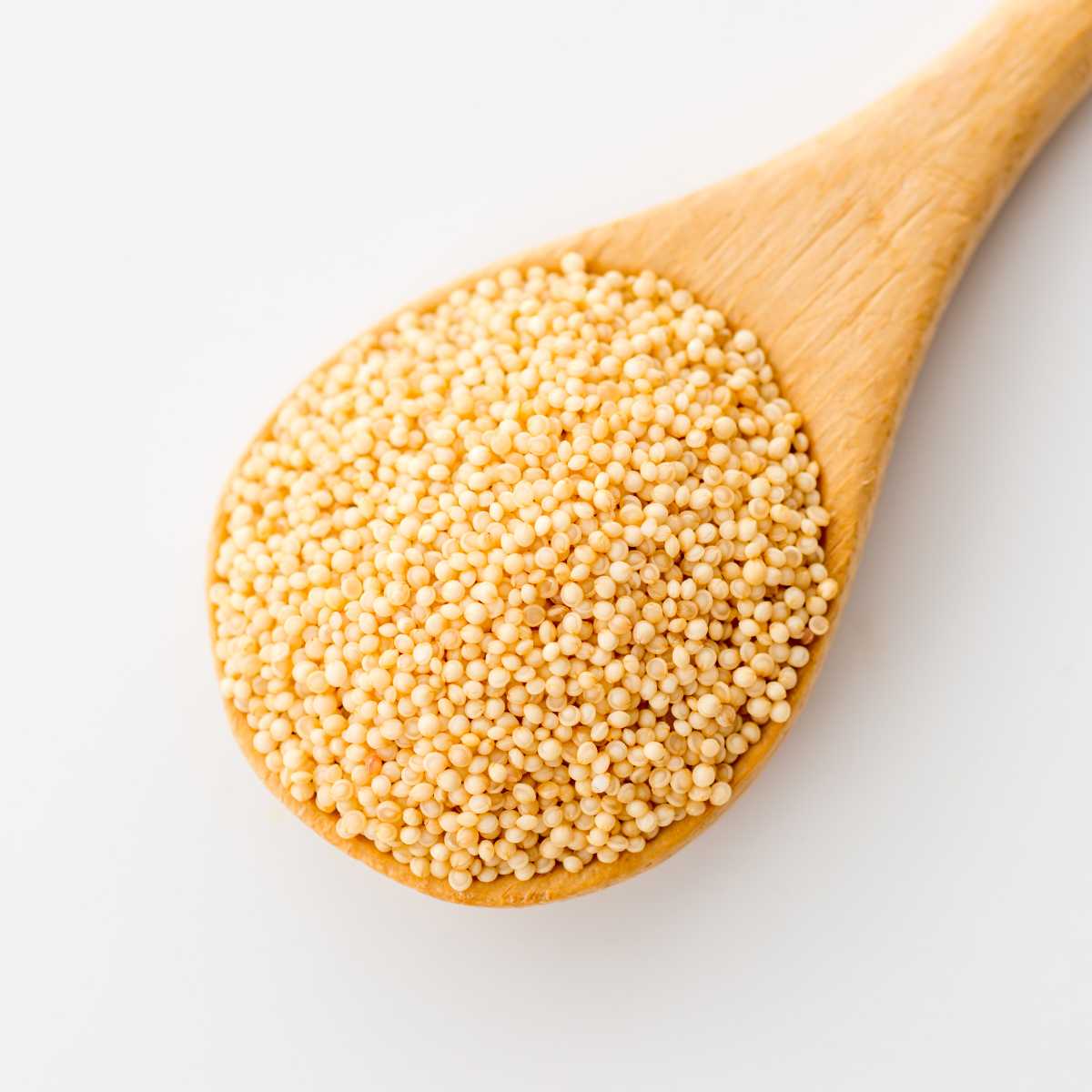
Amaranth is a gluten-free grain that’s high in protein and cooks up into a porridge-like consistency. It’s a good alternative in breakfast recipes as well as savory grain-based dishes.
Gluten-Free: Yes
Cooking Time: Amaranth cooks quickly, usually within 15-20 minutes. It thickens as it cooks, forming a porridge-like consistency.
13. Wheat Berries
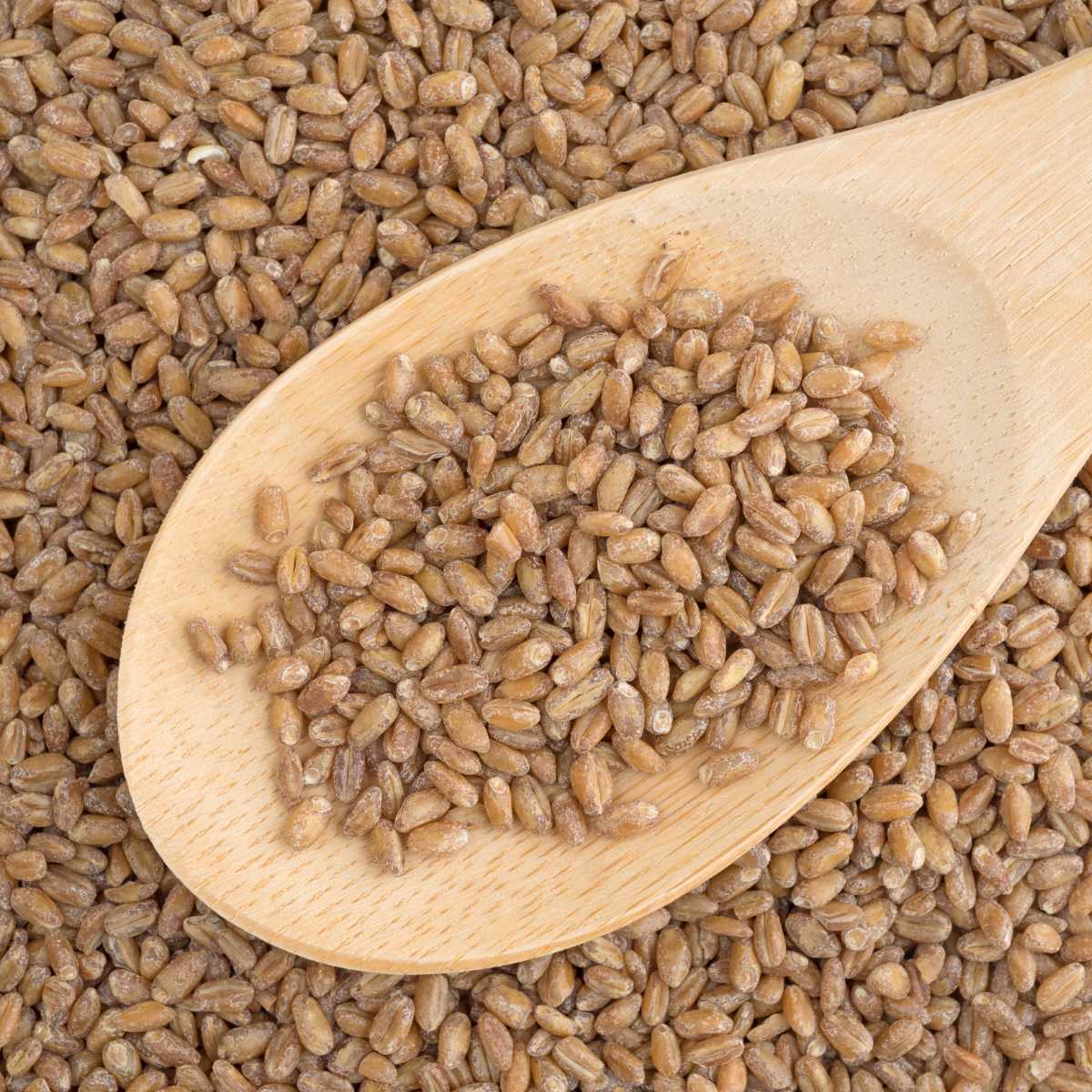
Wheat berries are whole wheat kernels with a chewy texture when cooked. They have a slightly sweet, nutty flavor and can be used much like barley in salads, soups, and as a side dish.
Gluten-Free: No
Cooking Time: Soft wheat berries may need only 25-30 minutes to cook, while hard wheat berries can take 45-60 minutes to cook, similar to rye berries.
14. Wild Rice
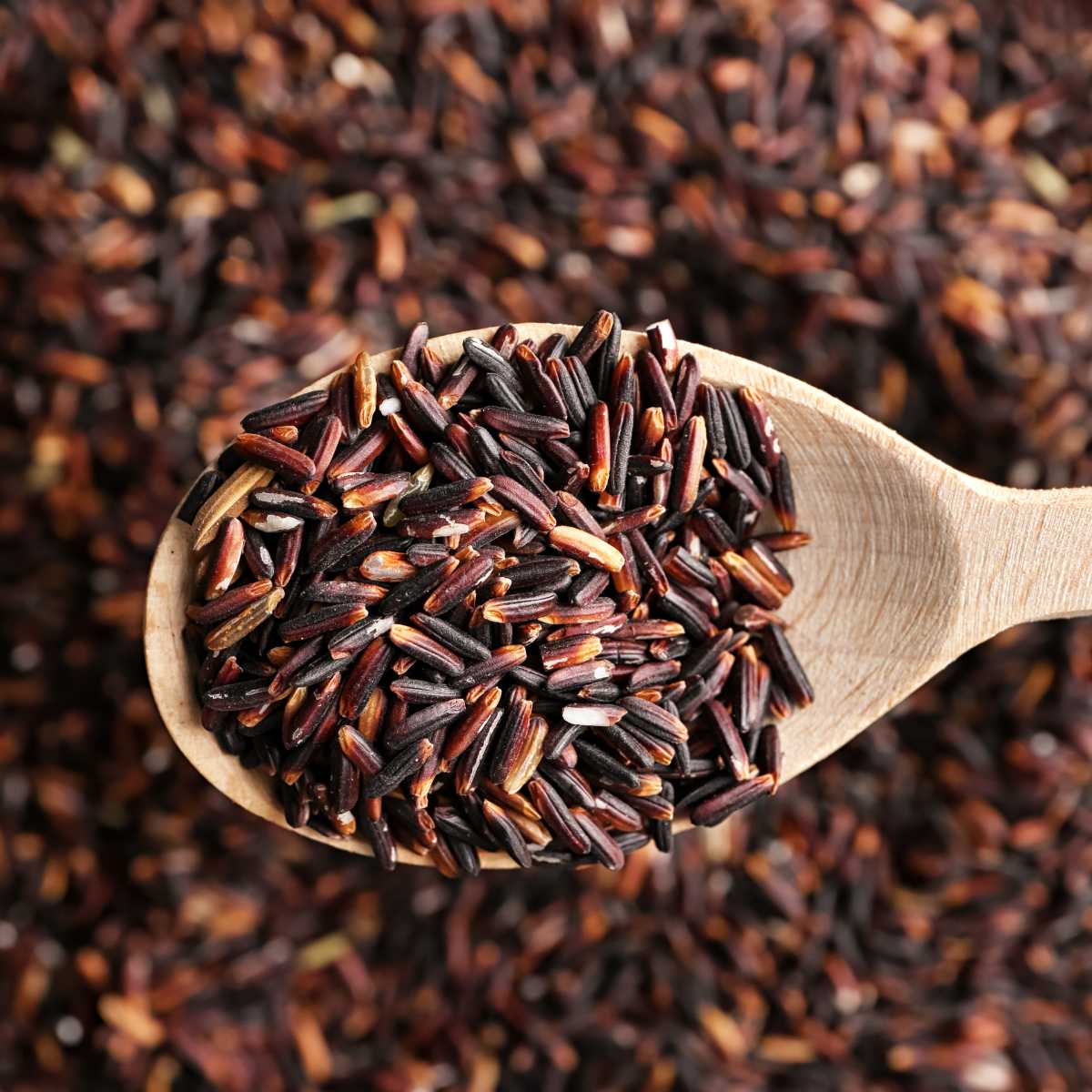
Wild rice is not actually rice but a type of grass seed. It has a chewy texture and a nutty flavor, making it an excellent substitute for barley in various dishes.
Gluten-Free: Yes
Cooking Time: Wild rice takes longer to cook compared to white or brown rice, typically around 45-60 minutes. The grains should split open when done, revealing the tender interior.
15. Sorghum
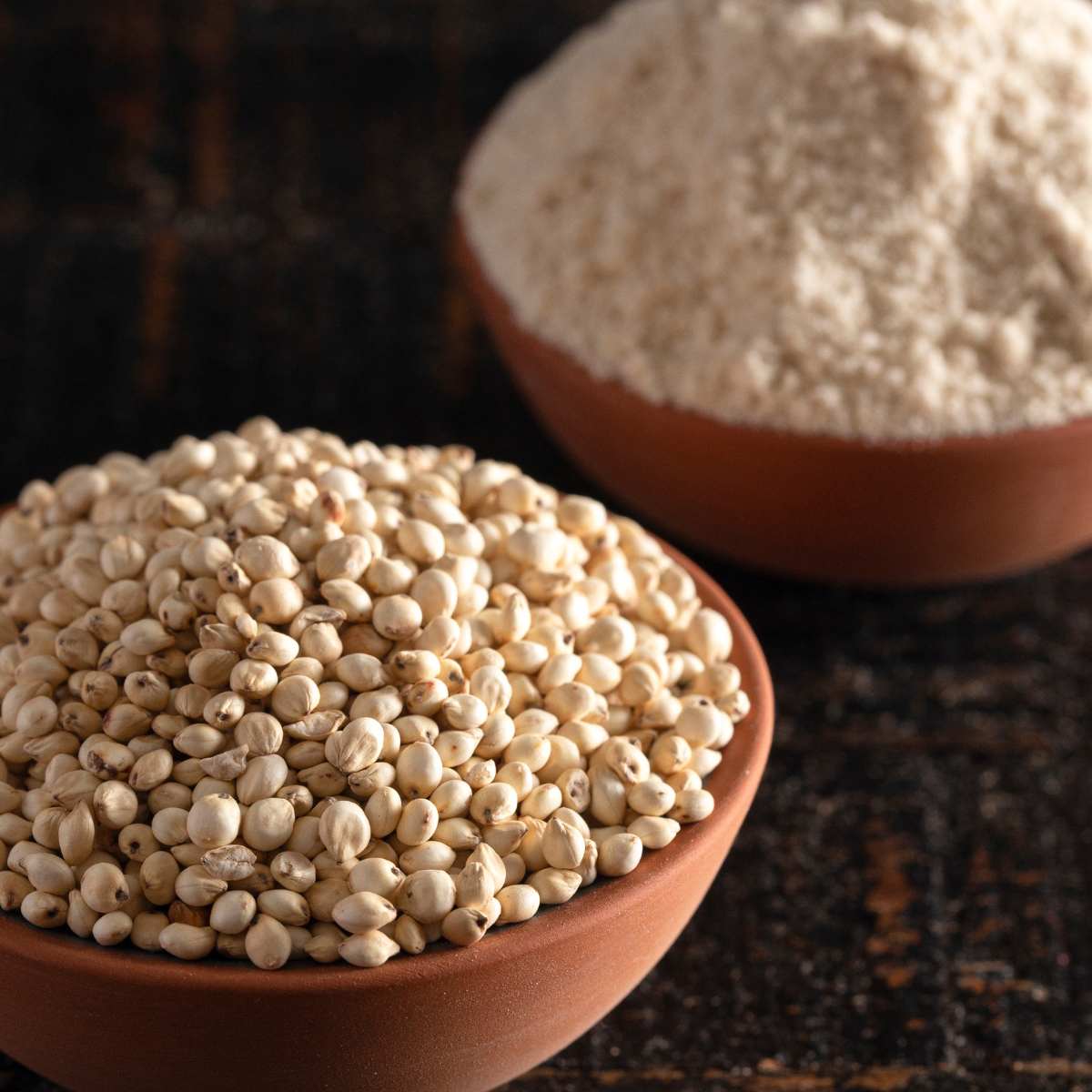
Sorghum has a versatile and mildly sweet flavor. They’re perfect for salads, side dishes, or as a gluten-free substitute in various recipes.
Gluten-Free: Yes
Cooking Time: Sorghum varies in cooking time depending on the type, but it usually takes 40-60 minutes to become tender.
16. Corn

This may come as a surprise, but simple and humble corn kernels can make for an excellent barley substitute! Try using whole-kernel corn in soups and salads for a comforting, slightly sweet flavor.
Gluten-Free: Yes
Cooking Time: Corn is one of the fastest cooking grains, ready in about 3-5 minutes.
17. Teff
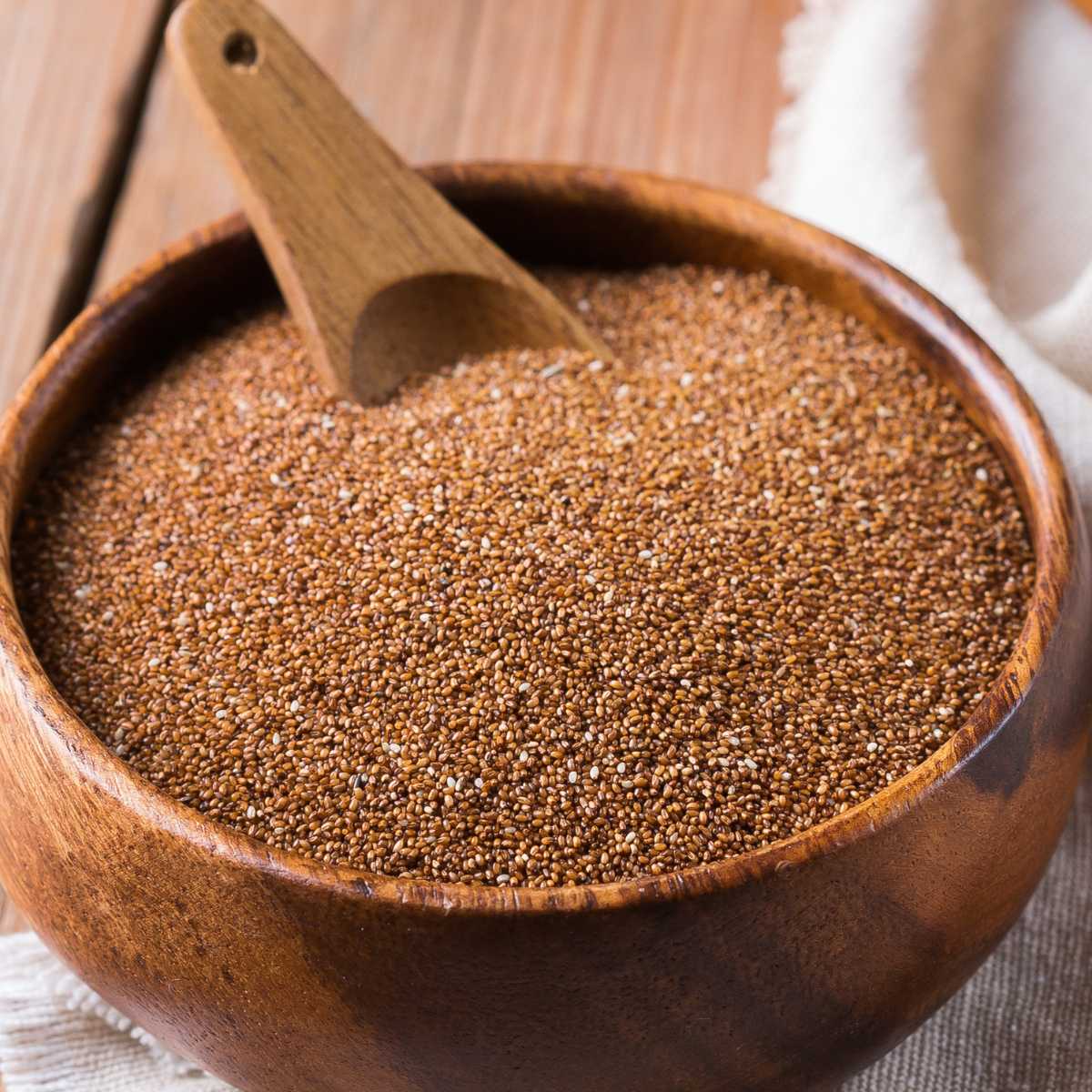
Teff is a petite grain that cooks quickly, offering a mildly nutty taste. They’re ideal for creating Ethiopian injera bread, porridge or as a unique addition to your grain repertoire.
Gluten-Free: Yes
Cooking Time: Teff cooks swiftly, typically in 15-20 minutes.
Frequently asked questions
Quinoa, brown rice, small pasta like orzo, farro, or wild rice all make excellent additions to soup in place of barley.
Quinoa, rice, oat groats, buckwheat, millet, amaranth, sorghum, corn, and teff are all possible barley substitutes that happen to be gluten-free.
Pearl barley is a nutritious grain that offers several health benefits. It’s a good source of dietary fiber, vitamins, minerals, and complex carbohydrates, making it a valuable addition to a balanced diet.
Pearl barley is the quickest to cook. It usually takes about 25-30 minutes to become tender. Hulled barley, which is less processed and retains its bran layer, takes longer to cook. It typically requires around 40-50 minutes of simmering to reach the desired tenderness.
Conclusion
As you can see, there are endless barley substitutes to choose from!
For a quick and easy-to-find alternative, choose quinoa. It’s also one of the best choices for those on a gluten-free diet.
But if you’re feeling more adventurous and don’t have dietary restrictions, freekeh adds a subtle smoky flavor to savory dishes and bulgur is a quick-cooking grain when you need something fast.

